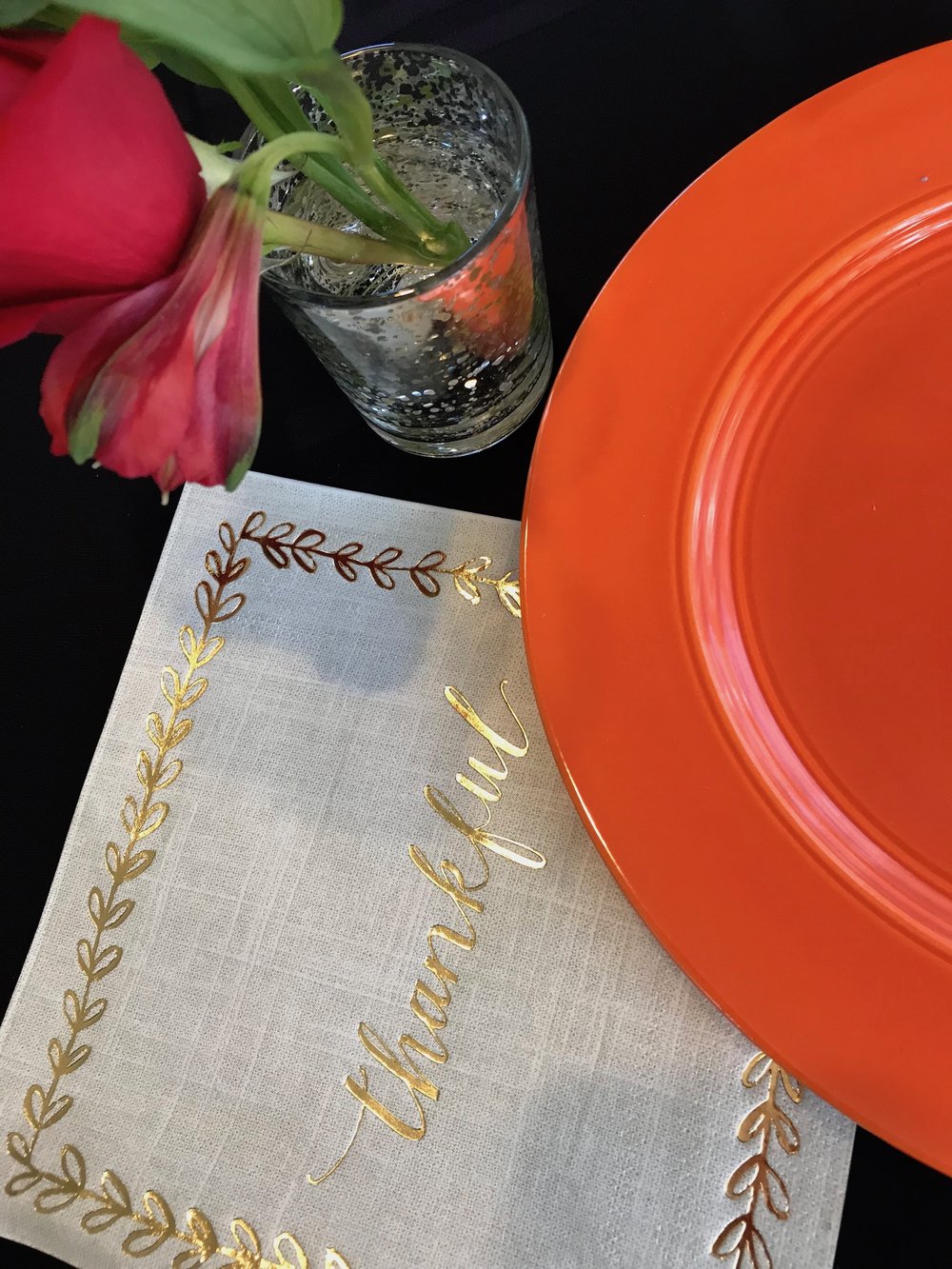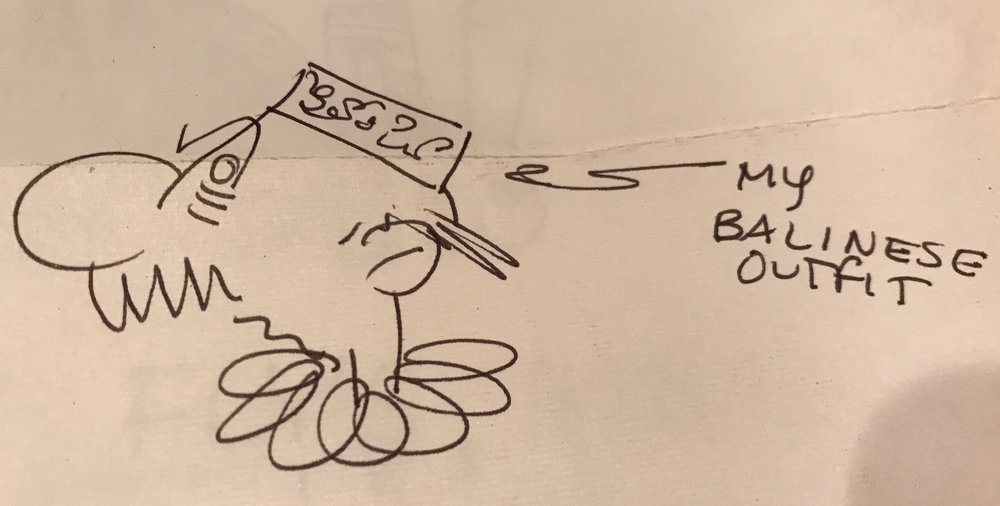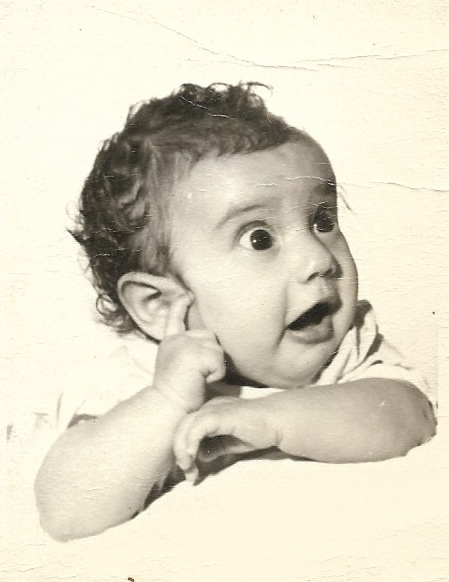It’s a funny thing about possibilities. Dreaming and imagining are part of a possibility-thinking process. Simultaneously, angst, ambivalence, or uncertainty can also be present. Why is that?
You understand and live your current reality. It may not be how you want it, but it’s familiar. Thinking about alternatives can be thrilling, anxiety-producing, or scary. Change requires time, attention, and resources, which you might or might not have.
Something happened to me recently. Who knew a seemingly simple guest bedroom renovation and organizing project would be such an emotional, satisfying, liberating, and poignant experience?
For years, I wanted to reimagine our guest bedroom. Initially, the room was my art studio and office. After our first daughter, Allison, was born, it became her bedroom. When her sister, Cassie, was born, it became their shared space, “the girls’ room.” Fast-forward to them leaving for college, and it turned into a guest room. However, while I made a few minor changes after they left, I never altered the wall colors, window treatments, or closet.
The girls said, “Mom, you can change the room any way you want. It’s OK.” They repeated this message to me for years. The kids had moved on and kept encouraging me to, too. However, part of me wasn’t ready to let go of certain remnants of their living-at-home years. How could I paint over Allison’s murals or cover up the pencil growth chart markings? Also, I didn’t have the mental bandwidth to figure out how I wanted the room to be until now.
Possibilities Meet the Moment
What shifted? We had other home improvement projects happening, and I knew that the guest room’s time had come. My motivation to make this change was heightened. I didn’t want another year to pass without completing this goal. I was finally ready to turn possibilities into reality.
9 Phases of the Guest Bedroom Project
Imagine – Envision the possibilities. What do I want the room to look and feel like? How can I make it comfortable for guests and also include functional storage? What will the color scheme be? Can I refer to old vision boards or other visual inspiration sources?
Plan – Think through the process. How much time do I need to complete this project? Where can we (my husband, Steve, and I) carve out time in our schedule to work on this? How much of this project can we do ourselves? How much outside help do we need? Should we rip out and install a new closet interior or only paint the existing one?
Gather Resources – Identify vendors and resources. Which vendors can I use for painting and construction, purchasing blinds, framing, buying furniture, and redoing the closet? Which vendors are best for buying organizing containers and other products?
Budget – Determine the costs. What estimates do I need to get? What will different parts of the project cost (painting, furniture, headboard, bedding, blinds, closet, bins)? What is our overall budget?
Empty – Prepare the space for transformation. What must be removed from the room to prepare for painting and construction, and when can we empty it? How can I prepare emotionally for the temporary chaos and disruption?
Renovate – Do the work. How many days will the painter need to prepare, demo the closet, patch, and paint? After the room is painted and before we return the contents, when can Steve install the new Elfa® closet? When can Steve install the new window blinds?
Edit – Make decisions about room contents. Which items can I let go of by selling, donating, tossing, or giving away? Which things will return to the room? Which items need to be replaced? Which items belong elsewhere?
Organize – Return ‘keepers’ in an organized way. How will the contents be organized back into the room? Which items will need new storage containers? Do they need labels?
Finish – Complete the final touches. When will all furniture, lights, books, memorabilia, and games be returned to the room? Which bedding will I use? When can we hang the pictures, mount the wall hooks, and add the door stop? When will I consider the room done?
Emotional Surprises
When we emptied the room to prepare for the painter, I was surprised by how emotional I felt. I was physically handling boxes of the kiddos’ memorabilia, photo albums, books, games, and art. Touching, moving, and looking at objects from the past stirred up many emotions. I felt a powerful combination of gratitude, sadness, joy, and love.
I saw photos and objects from the past. Some images were of loved ones who are no longer alive. I looked at the kids’ art, writings, and school projects. I marveled at our detailed records of the milestones and everyday experiences. It was a journey of emotions as I reflected and remembered the beautiful years we spent raising our daughters.
Even when the room was empty, I could feel the love reverberating within its walls. Cherished memories traveled through time and space, which filled my heart and mind.
“Bringing possibilities to fruition is gratifying.”
Practicing Flexibility
During the project, I remained flexible about my options, which was helpful. When a room's contents are removed, many unanticipated things can happen. Gifting yourself the flexibility to make new or different choices is beneficial.
Closet – The closet required some thought. Do we paint the existing closet or rip it out to install a new one? It would cost more to have a new closet interior. However, time-wise, it seemed most practical to redo it now. Plus, we would gain more storage space.
Furniture – After emptying the room, we liked how spacious it felt with less. While we intended to return the desk, we realized it was unnecessary and took up too much space. I’m letting go of the desk.
Art – After emptying the room and painting the interior, Allison’s murals and other framed art were no longer visible. With blank walls, I reimagined the space. We decided to have more blank wall space and only hang a few pieces, including a new one. I printed and framed one of the landscape photos I had taken in the Finger Lakes.
Memorabilia – I texted the kiddos photos and asked what they wanted to keep. I respected their responses and either let go or kept things accordingly. I also shared several pictures of their projects, writings, and other memorabilia I thought they’d get a kick out of seeing.
9 Lessons Learned
Imagining possibilities is fun and creative.
Bringing possibilities to fruition is gratifying.
Change is refreshing.
Change encourages more change.
Emptying one room sparked a reimagining, tweaking, and reorganizing of other areas, such as the pantry and our bedroom.
Letting go of things that have overstayed their welcome is liberating.
Life has stages. Organizing your space for the phase you’re in is affirming.
Embrace gratitude for what was and what is.
The Bedroom Transformation Video
What’s Possible for You?
How does possibility thinking show up for you? What changes have you made or want to make? I’d love to hear your thoughts. I invite you to join the conversation.
Are you ready to get unstuck, plan a new project, or create new organizing systems? If so, I’m here to help. Please email me at linda@ohsorganized.com, call 914-271-5673, or schedule a Discovery Call. Moving forward is possible, especially with support.



























